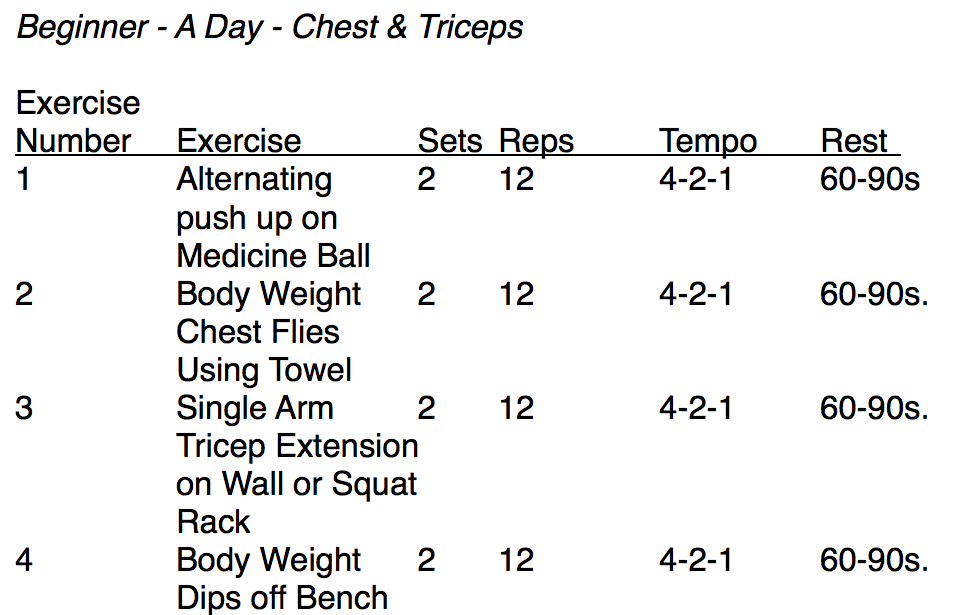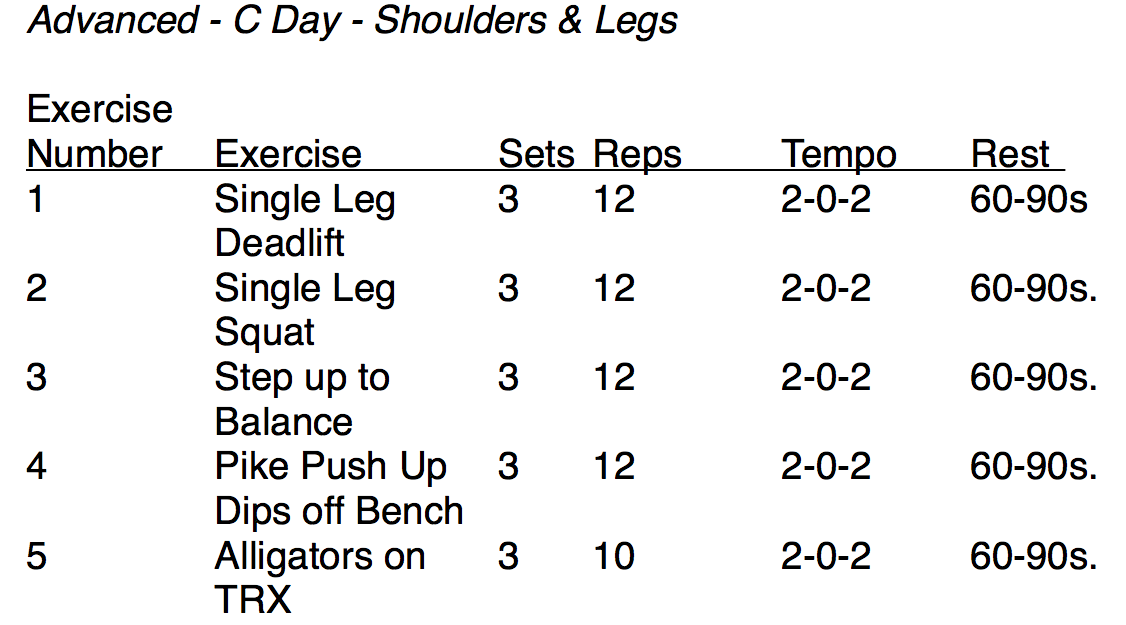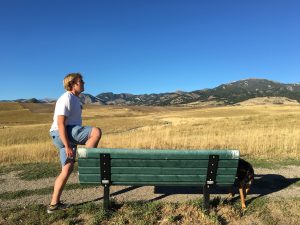
In Part One of this article, I provided Self Myofascial Release techniques to lengthen over-active muscles with stretching and activation techniques. Below are functional movements in which over-active muscles aren’t excessively pulling on the bone, and the under-active muscles are woken up, pulling on the bone to keep the joint in alignment. That’s what corrective exercise is all about. Calisthenics means you use your body weight to perform the exercises.
Your muscles work like a Tug of War or setting up a tent. If one side of the rope or string has kinks in it (like your muscles do from repetitive use, posture, cell phone usage), the middle of the rope in the Tug of War example or the tent in the setting up a tent example will be pulled to one side or another. Thats the same thing that’s happening in the joint when you and your clients have overactive and under-active muscles.





These calisthenics workouts take body weight exercises to a new level. They are designed to employ unilateral (single arm, single leg) exercises as much as possible. You and your clients may have already delved into calisthenics exercises; burpees, jump squats, clapping push ups, etc. But, DO YOU EVEN SINGLE LEG, BRO? I’m impressed when someone cares enough about take care of their body. Anyone can get under a bar, on a bench and move a weight from one spot to another.
Not everyone can control their own body weight through space, which is why you see a lot of injuries and muscular imbalances. Muscular imbalance is when a muscle on one side of the bone is pulling tighter than the muscles on the other side of the bone. This pulls the bone to one side or another creating a misalignment within the joint. Prolonged misalignment in the joint creates inflammation and eventually injury or permanent reduced range of motion. Performing single leg or single arm exercises reduce overactivity of tight muscles while recruiting under-active muscles.
Try each one of these workouts with a different client this week. Ask them to tell you something they like and dislike about the programming.
Comment on our Facebook Page with the feedback! Your opinions mean the world to us. We love bringing you updated and improved programming.
If you’re an NFPT trainer, join the Facebook Community Group to become involved with your peers today.






